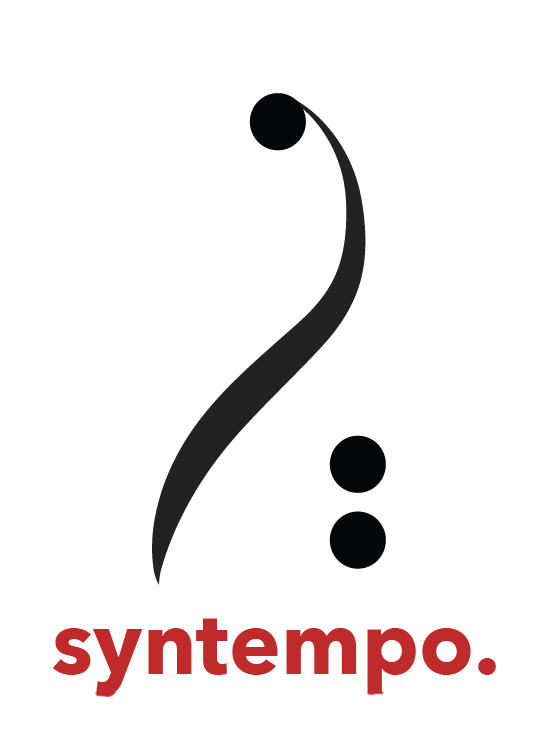Adult Classes
This is a developmental course with increasing challenges as the skills develop. Each lesson is taught interactively in a group setting. Auditory, visual and tactile stimulants are used while accompanied on the piano, students respond interactively through movement- not just singing, clapping and stepping but natural movements such as walking, running, skipping, jumping- to interweave notions of time, space and energy.
Adult classes
( web page under construction)
5 weeks course
10 weeks course
3 months course
6 months course
~~~~~~~~~~~~~~~~~~~~~~~~~~~~~~~~~~~~~~~~~~~~~~~~~~~~~~~~~~~~~~~~~~~~~~~~~~~~~~~~~~~~~~~
Teacher training
( web page under construction)
half day/ one day
Teacher training half year or one year150 hours for International Dance Council Certification (Unesco):
Course A 50 hours: Saturday 5- 8pm Jan to April 2019
Course B 50 hours: Monday 10- 1pm Jan to April 2019
Course C 50 hours: Saturday 5- 8pm May to June 2019 and Monday 10- 1pm May to June 2019
~~~~~~~~~~~~~~~~~~~~~~~~~~~~~~~~~~~~~~~~~~~~~~~~~~~~~~~~~~~~~~~~~~~~~~~~~~~~~~~~~~~~~~~
Corporate team building workshop: half day/ one day/ monthly/ termly/ yearly
Professional dancer/ musician/ actors professional development: half day/ one day/monthly/ termly/ yearly
Individual professional development: hourly/ half day/ full day/ monthly
~~~~~~~~~~~~~~~~~~~~~~~~~~~~~~~~~~~~~~~~~~~~~~~~~~~~~~~~~~~~~~~~~~~~~~~~~~~~~~~~~~~~~~~
Leaning outcomes
1. Gaining the ability in kinaesthetic imagination for expression in dance and music.
a. Kinaesthetic imagery effective complement to actively playing an instrument or dance. Since all senses are integrated, in particular the auditory sense, it is crucial for guiding motor performances.
b. Mental music rehearsal and interpretation: reading scores in silence, action stimulation such as thinking of an idea of the sound or movement, mental practice away from the score.
c. Multi-sensory and motor images interacting with musical imagery: A highly vivid image of movement from sounds or sound to movement is developed for better rhythmic and aesthetic sense.
d. Better posture and body centring for better movement imagery.
2. Gaining different aspects in artistic self development:
a. music appreciation
b. music literacy
c. movement skill
d. singing skill
e. improvisation skill in piano, voice and movement
f. develop musical senses
g. develop ability for simple dance choreography
3. Teaching or leading workshop skills in conducting and leading,
a. leading music and movement games,
b. creating music and movement games,
c. songs repertoires in union, in parts in canon,
d.folk dance repertoire,
e. skill in how to teach children,
f. skill to create simple choreography for expressing movement for music.
